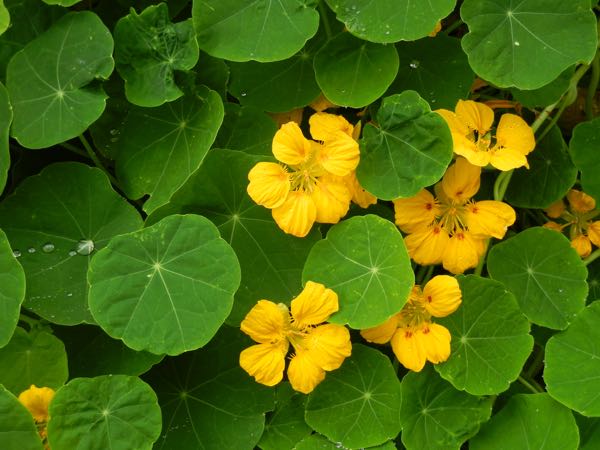Tropaeolaceae: Exploring the Fascinating Family of Nasturtium
Introduction to Tropaeolaceae: Tropaeolaceae is a distinctive family of flowering plants that encompasses a small group of herbaceous and climbing plants. Tropaeolaceae is commonly known as the Nasturtium family. Its most well-known and widely cultivated member is Tropaeolum majus, commonly known as Nasturtium or Garden Nasturtium. This family showcases unique characteristics and captivating botanical features that make it a fascinating subject of study for botanists and gardening enthusiasts.
Taxonomy and Distribution: Tropaeolaceae belongs to the order Brassicales, which includes various flowering plants such as cabbages, mustards, and capers. It is a relatively small family comprising about 90 known species distributed in Central and South America. Tropaeolum majus, the most notable representative of Tropaeolaceae, originates from the Andes region of South America.
Plant Characteristics: Plants in the Tropaeolaceae family exhibit diverse growth habits and forms. They can be annual or perennial, and some species are climbers, while others grow as low-growing ground covers. The leaves are typically rounded or shield-shaped, often with distinct lobes. Flowers are the standout feature of Tropaeolaceae plants, displaying vibrant colors and unique shapes. The blooms may be funnel-shaped, tubular, or spurred, with striking hues of red, orange, and yellow. Many Tropaeolaceae species, including Tropaeolum majus, produce edible flowers and leaves, adding both aesthetic and culinary value to the plants.
Cultivation and Uses:
Tropaeolaceae plants are cherished for their ornamental value, as they add vibrant colors and lush foliage to gardens and landscapes. Tropaeolum majus, in particular, is a popular choice for its showy flowers and edible qualities. These plants thrive in sunny locations and prefer well-drained soil. They are generally easy to grow and require minimal maintenance, making them suitable for both novice and experienced gardeners. Tropaeolaceae plants attract pollinators such as bees and butterflies, contributing to a thriving ecosystem in the garden.
Beyond their visual appeal, Tropaeolaceae plants have various uses. The edible flowers and leaves of species like Tropaeolum majus are commonly used in culinary applications, adding a peppery and tangy flavor to salads, sandwiches, and other dishes. The unripe seed pods of some species, including Tropaeolum majus, can be pickled and used as a flavorful alternative to capers. Additionally, Tropaeolaceae plants have been valued in traditional medicine for their potential antimicrobial and antioxidant properties.
Tropaeolaceae, the family to which Nasturtium (Tropaeolum majus) belongs, offers a captivating glimpse into the world of flowering plants. With their stunning blooms, versatile growth habits, and edible attributes, Tropaeolaceae plants have earned a special place in gardens, kitchens, and botanical explorations. Whether you appreciate them for their aesthetic appeal or savor their unique flavors, Tropaeolaceae plants provide an enriching experience for plant enthusiasts and culinary enthusiasts alike.
The genera in the Tropaeolaceae family include:
Anisocentra
Cardamindum
Rixea
Trophaeastrum
Trophaeum
Acriviola

